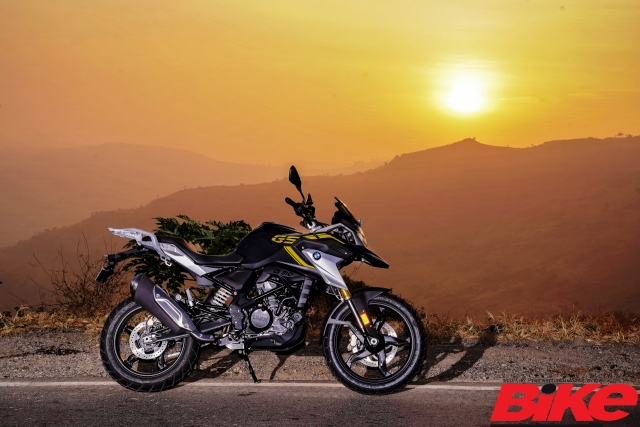Designed and developed in Italy, the Aprilia SXR 160 is an all-new model made specifically for India and will be the marque’s most premium scooter offering in our country. [Read more…] about Aprilia SXR 160 scooter First Ride Review by Bike India
Bike Reviews in India
BMW G 310 R BS6 2020 – Reader’s Questions
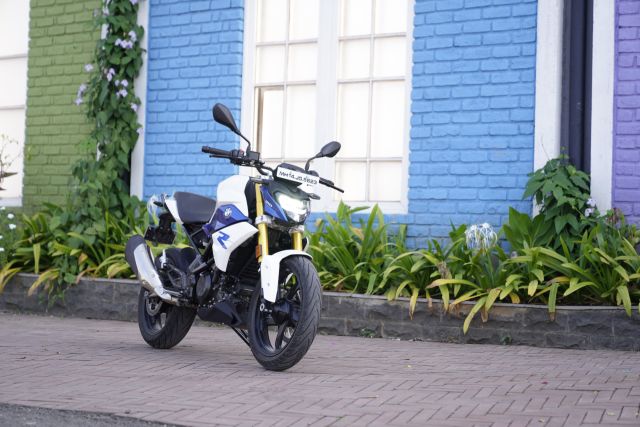
The Bavarian motorcycle giant has just launched the BS6-compliant BMW G 310 R with a new and very attractive price-tag. [Read more…] about BMW G 310 R BS6 2020 – Reader’s Questions
BMW G 310 GS 2020: Reader’s Questions
While we were testing the BMW G 310 GS, we told you to ask us anything you wanted to about the motorcycle. We received so many queries that day and some of them were extremely interesting. Here is a compilation of some of the best questions and our responses to them.
Yamaha Fascino 125 Road Test Review – An Elegant Upgrade
We spent some time with the latest iteration of the Yamaha Fascino 125 which has been given a more elegant look and upgraded with a BS6-compliant, 125-cc engine.
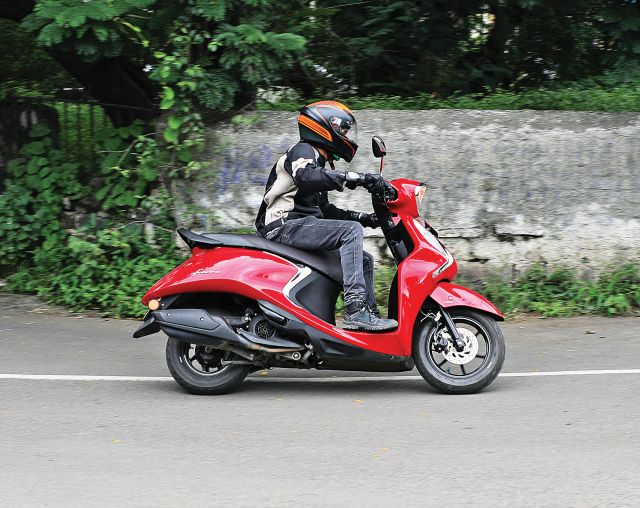
Story: Azaman Chothia
Photography: Apurva Ambep
[Read more…] about Yamaha Fascino 125 Road Test Review – An Elegant Upgrade
Ready to Rally: Hero Xpulse 200 with Rally Kit
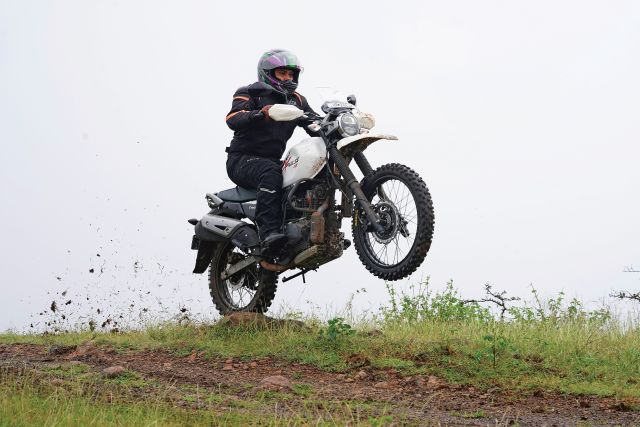
The Hero Xpulse is extremely capable straight out of the box, but this rally kit can take you even further off the beaten track.
Story: Anosh Khumbatta
Photography: Sanjay Raikar
Since its launch last year, the Hero Xpulse has quickly established itself as the go-to bike for beginner off-roading enthusiasts due to its attractive price tag. While it may be underpowered, the excellent pairing of that diamond frame and well-damped, long-legged suspension has proved to be extremely capable off road or over the worst roads India has to offer. The stock Xpulse strikes a fine balance between on-road manners and off-road ability, but now you have the option to turn your Xpulse into an ultra-capable off-road machine with the beans to take on a proper, cross-country rally raid.
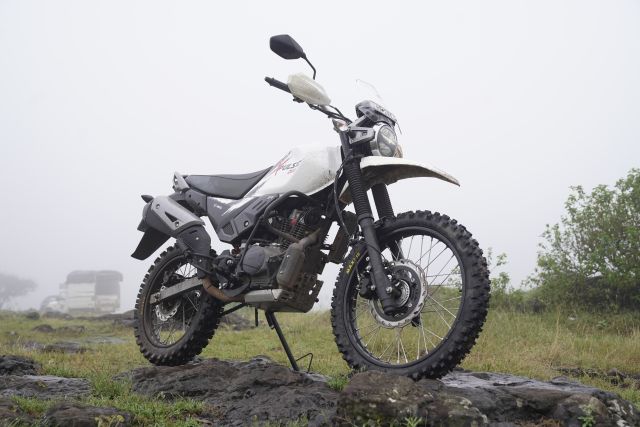
While the standard Xpulse is pretty capable as it is, Hero MotoCorp have gone the extra mile for serious off-roaders with the introduction of a bolt-on rally kit that transforms the bike from a competent dual-purpose machine to a full-on, off-road beast. They recently sent us a rally kit for our long-term Hero Xpulse, and I wasted no time in heading out of the city to some nearby hills to put it to the test.
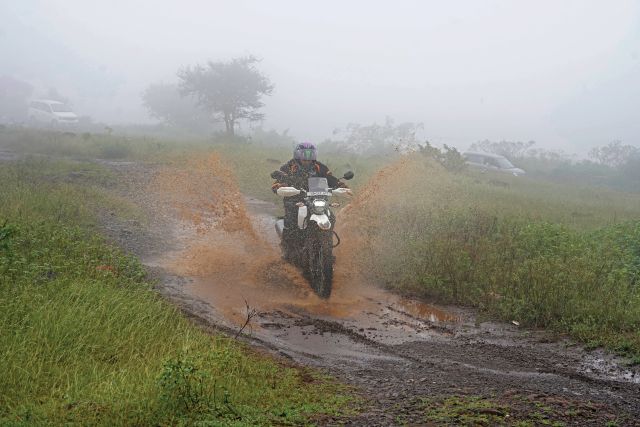
The rally kit for the Hero Xpulse swaps out the stock suspension for taller units with more travel, boosting ground clearance by 50 millimetres to 275 mm. The fork is adjustable for compression and rebound damping and boasts of 250 mm of travel, while the monoshock gets preload and rebound damping adjustability, with 220 mm of available travel. The stock Ceat dual-purpose tyres are pretty good in most conditions, but the aggressive Maxxis knobbies that are included with the rally kit take things to a whole new level. The kit also includes bar-risers for a more natural arm position when riding standing up on the pegs, a flat bench seat to allow the rider to easily slide fore and aft, and a longer side-stand.
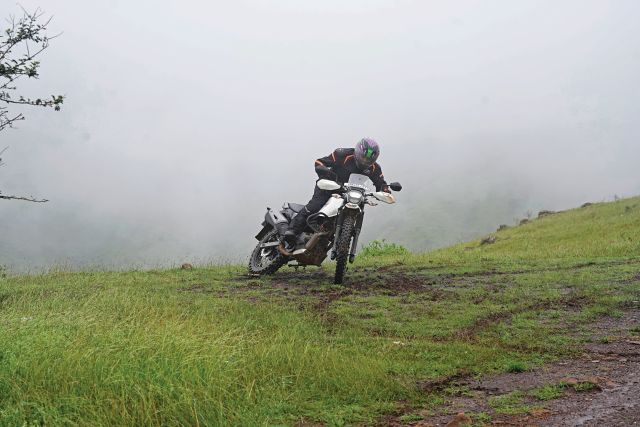
The taller suspension and higher, flat seat raise the seat height by 110 mm, pushing the saddle up to a lofty 933 mm. At 5’ 5”, I found this quite worrisome, and even clambering aboard was a bit of a struggle. But I soon got used to sliding off to one side at stops and by the third day with the bike had gotten rather comfortable. While the knobbies felt quite odd on the road, they amazed me with the amount of available grip as I rode up a soggy trail, and the suspension seemed ready to take on anything, with no sign of bottoming out, no matter how hard I landed.
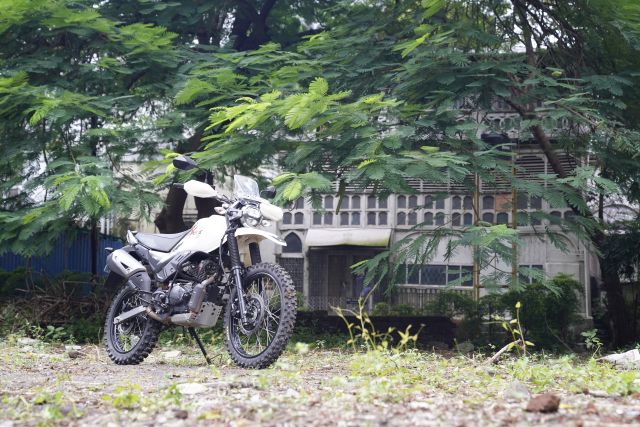
While I cursed the flat seat for making it so hard to reach the ground, I soon got to appreciate how easy it made moving my weight around, sliding forward to dig the front tyre into the dirt to make corners, and back over the rear wheel when accelerating.
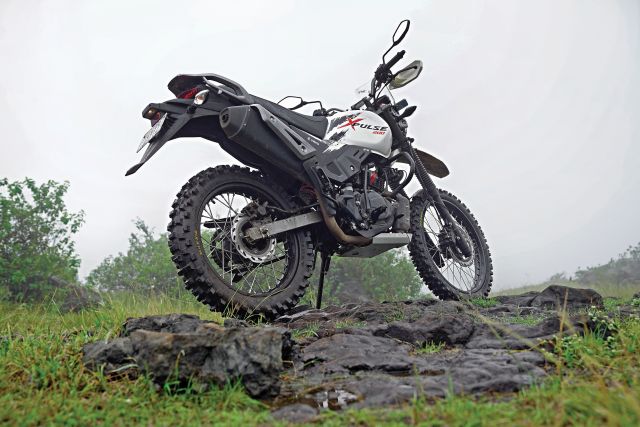
After spending a considerable amount of time with the Hero Xpulse equipped with the rally kit, I came to the conclusion that there’s just one word to describe this machine: unstoppable.

